As winter approaches, reduced sunlight increases melatonin production in horses, resulting in hair growth. However, there can be variation or inhibition in growth due to a horse’s climate, clipping, or even the use of artificial sunlight and sheets. Auburn University uses a wind chill factor of <15-degree Fahrenheit as a baseline for blanketing, or the presence of snow, cold rain, or sleet. Each situation is unique, and your horse’s needs must be assessed individually. Some horses that are underweight, elderly, or lack the ability to autoregulate their internal temperature through forage and movement may also be candidates for blanketing. Not sure what to do during the chilly months? Check out this viral flow chart created by Professor Betsy Wagner of Auburn University before reading on.
DO remove blankets regularly
Although a helpful tool for comfort, blankets don’t come without additional effort. Blankets should be removed at least every 24 hours to ensure there is no hidden irritation, rubbing, or injury. This allows owners to make readjustments and have an adequate visual of what’s going on underneath the coverage. Leg straps and surcingles can loosen or lose elasticity over time, so it’s important to check the hardware and strap length.
DON’T blanket without fitting
Fit is key! Small blankets can cause discomfort and discourage horses from laying down for REM sleep. On the other hand, blankets that are too large may put a horse at risk for getting hung up. You can contact your local tack shop to learn how to properly measure a blanket, as brands may vary.
DO match your climate
Blankets typically come in multiple “weights”. Zero fills, which contain no poly-fill for additional warmth, protect the coat and block wind. There are also medium and heavy fills, depending on your climate. For extra chilly days, some owners will opt for a moisture-wicking fleece cooler underneath their standard winter blanket. This adds an additional layer of comfort, without causing additional friction and helps wick away moisture. If you are fortunate enough to experience the occasional unseasonably warm day, pay attention to the forecast and remove blankets.
DON’T blanket a wet horse
While it may be tempting to blanket after being exposed to cold rain, horses should not be blanketed when wet. If a blanket becomes soaked, it should also be removed from the horse. This can help prevent rubbing and risk of chill, as they remain wet longer and hair becomes flattened.
DO consider living conditions
Some horses that are stalled are candidates for stable rugs, while others need a higher denier waterproof turnout blanket. Horses outdoors should have waterproof blankets if there is a risk of wet weather, and turnouts are easily found in hardier materials to withstand the elements and fence rubbing.
DO opt for a warranty
Horses are expensive, no question there. But sometimes opting for higher quality items will save you money in the long run. Many brands offer warranties on their rip-stop fabrics, waterproofing, stitching, and hardware. When outfitting a 1200 pound animal, a warranty is your friend!
There is no singular trick to annual blanketing conundrums. But using common sense to assess your current climate and situation will help you find a solution this season. What are your dos and don’ts for winter blanketing? Let us know in the comments below!
About the Author
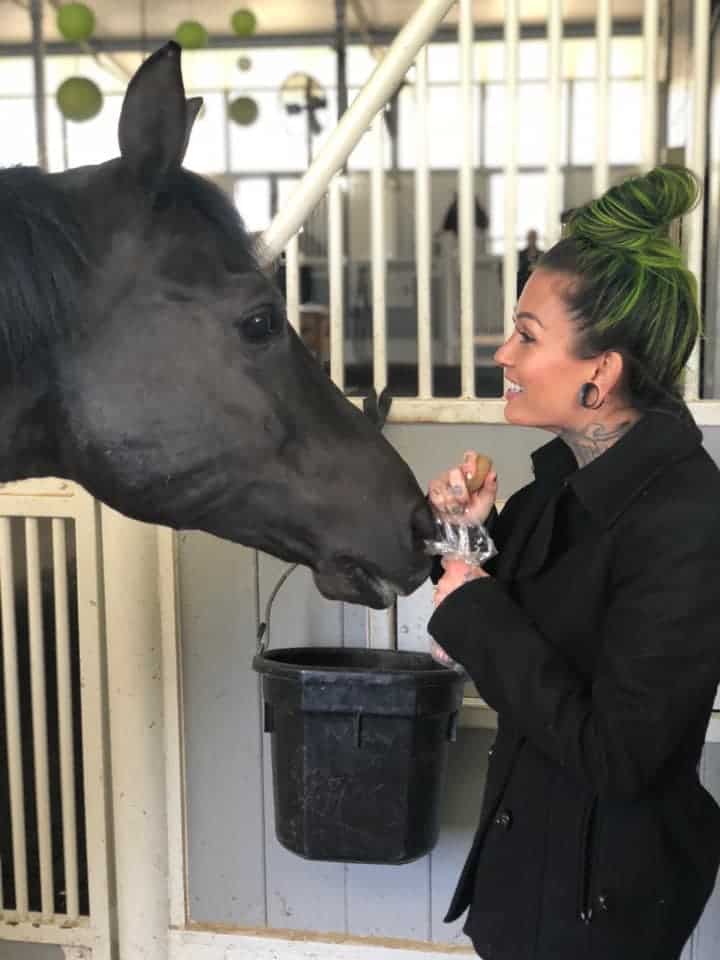
Horse Courses by Elaine Heney
- Listening to the Horse - The Documentary by Elaine Heney & Grey Pony Films
- Shoulder In & Out Training for better balance, bend & topline development with your horse
- Over 110+ Polework Exercises & Challenges to Download
- Dancing at Liberty & Creating Connection with Your Horse (11 lessons) - Grey Pony Films

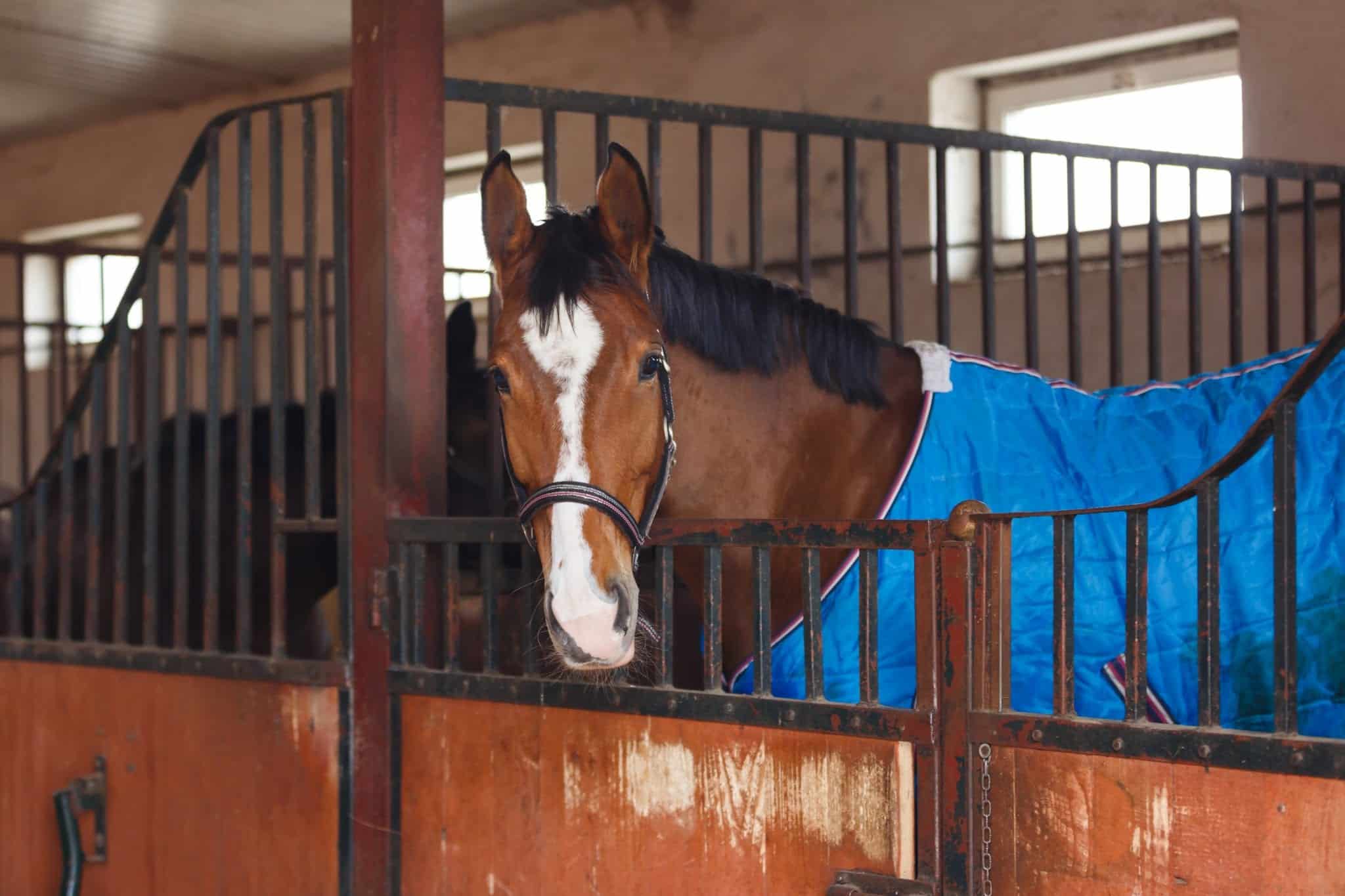
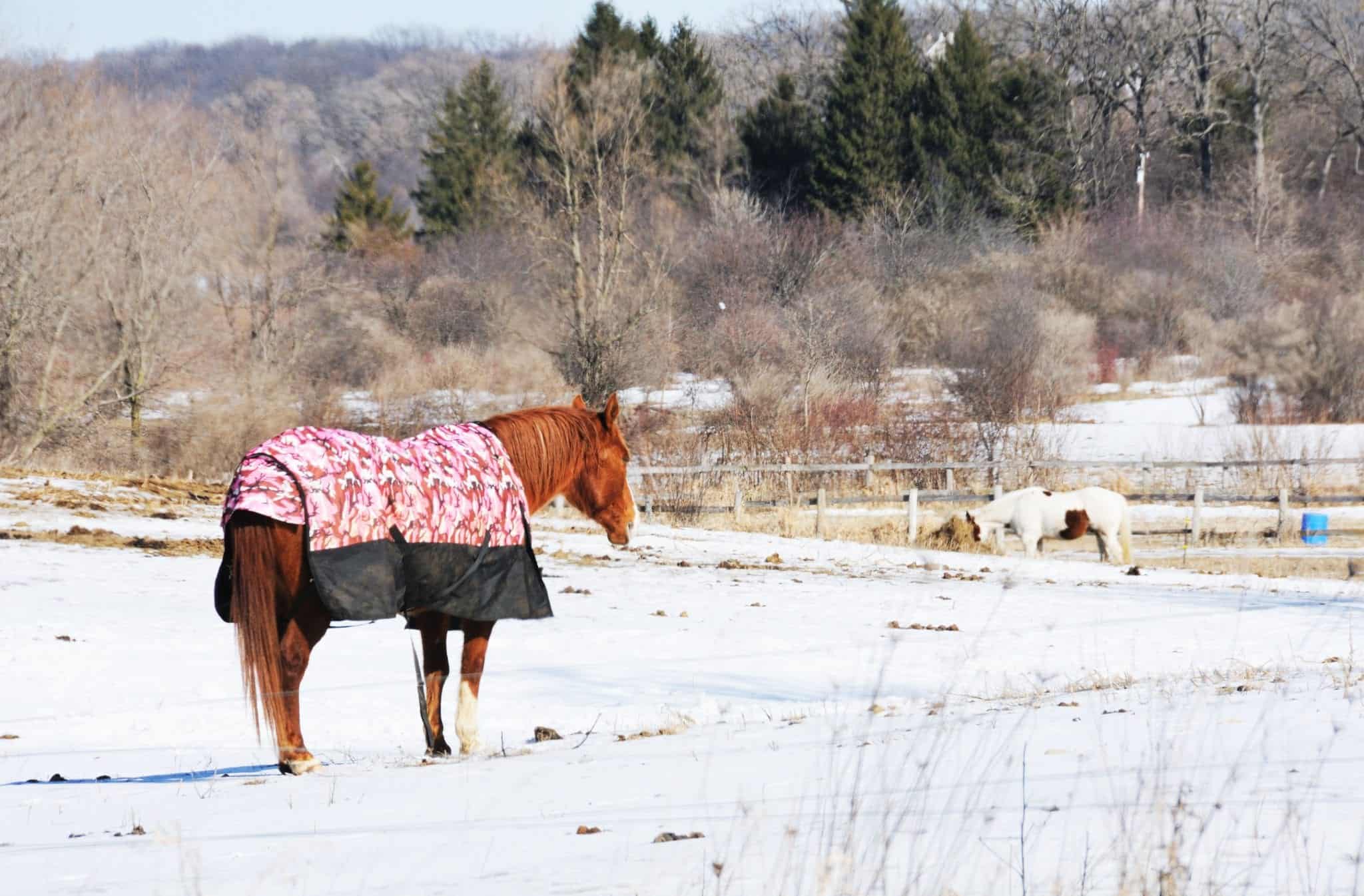
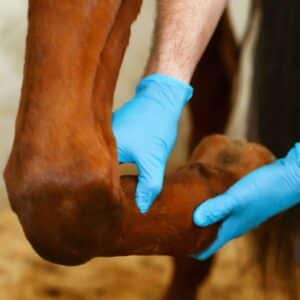

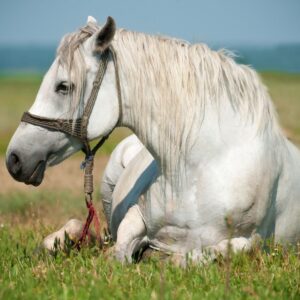

Joan Smith
If you look at wild horses, they do well without blankets. Some live where it's -60 in the northern part of the US, others even colder in the world. Picasso (a wild mustang in northwestern Co) lived to be 31 years old. I used to always blanket my horses, not anymore. Except for some older horses, they are probably much better without blankets. Just feed good quality hay.